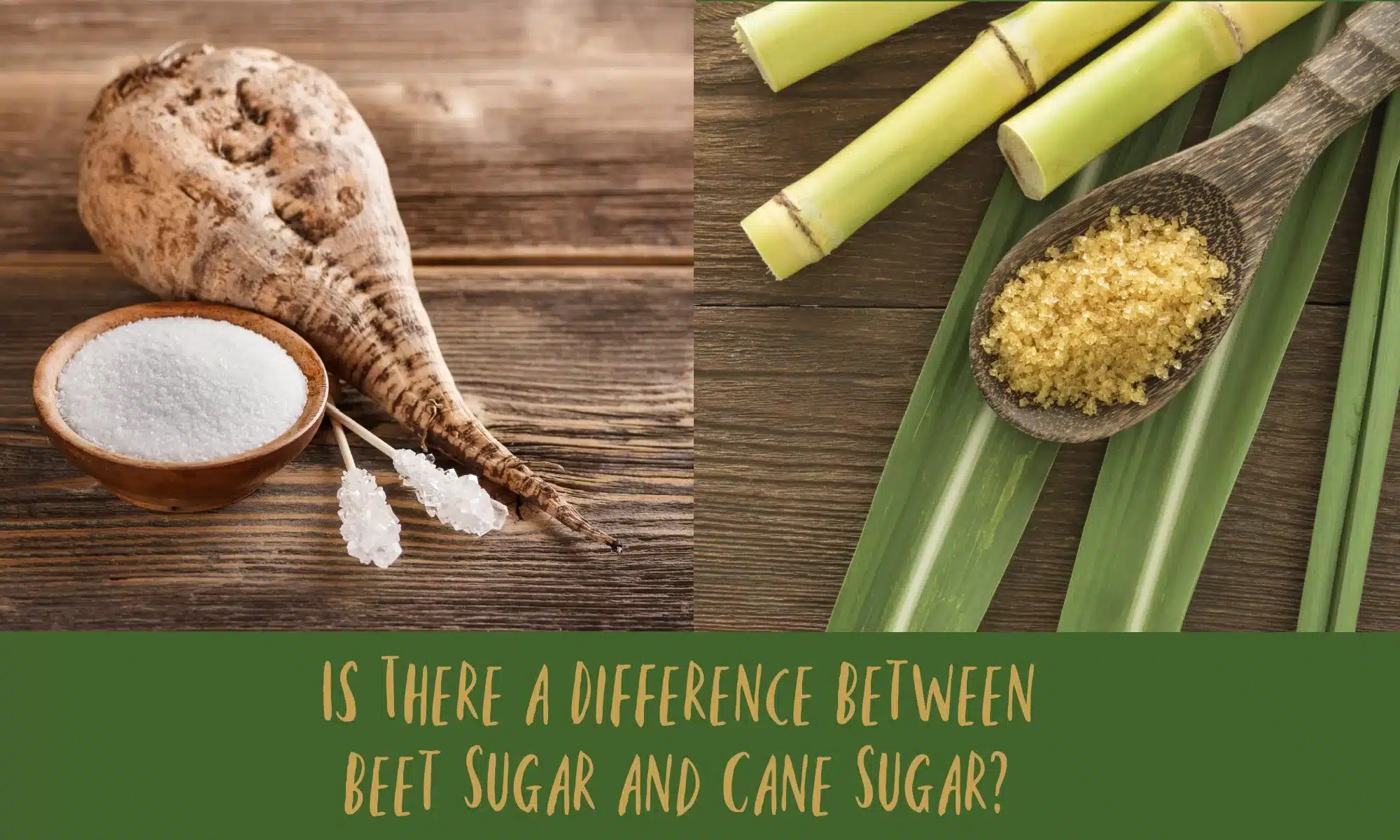Why Cane Sugar Processing Chemicals Are Important for Modern Sugar Refining
The duty of cane sugar processing chemicals in modern-day sugar refining can not be overstated, as they are essential to improving both the efficiency of removal and the total quality of the end product. Agents such as phosphoric acid and certain flocculants are employed to get rid of pollutants, leading to sugar that not only satisfies consumer expectations yet likewise abides by industry criteria. The ramifications of these chemicals prolong beyond top quality, touching upon market dynamics and ecological considerations. sugar and cane. This raises important concerns concerning the sustainability of such techniques and their effect on the future of sugar production.
Function of Processing Chemicals
The efficiency of walking stick sugar handling hinges substantially on the calculated application of handling chemicals. These chemicals play a critical role in enhancing the effectiveness and quality of sugar removal and refining. From the first stages of juice extraction to the last purification steps, handling chemicals facilitate numerous crucial operations.
In the extraction phase, chemicals such as phosphoric acid and calcium hydroxide are utilized to enhance the clarification procedure, helping to eliminate impurities and put on hold solids from the walking stick juice. This not just improves the yield but likewise ensures the clarity of the end product. In addition, representatives like flocculants help in the rapid settling of pollutants, thereby simplifying the general procedure.
Turned on carbon and ion exchange materials offer to get rid of shade and smell, making sure that the polished sugar meets customer high quality criteria. Therefore, the thorough option and application of these chemicals are crucial for accomplishing optimum results in walking stick sugar processing.
Trick Kinds Of Chemicals
Walking cane sugar handling relies on a selection of vital chemicals that help with each phase of manufacturing. These chemicals play vital roles in clearing up, lightening, and detoxifying the sugar drawn out from cane.
One primary category of chemicals consists of flocculants, such as polyacrylamide, which aid in the explanation process by promoting the aggregation and settling of pollutants. Furthermore, calcium hydroxide is commonly used to reduce the effects of level of acidity and aid in the elimination of non-sugar components.
Lightening agents, such as activated carbon and sulfur dioxide, are used to decolorize the syrup, causing a clearer end product. These chemicals help get rid of color substances that may affect the sugar's appearance and marketability.
Moreover, phosphoric acid offers as a pH regulatory authority during the handling stages, making sure ideal problems for the enzymatic tasks associated with sugar removal and purification.
Other vital agents include edta (ethylenediaminetetraacetic acid), which chelates steel ions that can catalyze unwanted reactions, and salt hydroxide, which aids in pH control throughout the refining process. Jointly, these chemicals improve effectiveness and guarantee a top notch walking stick sugar product.
Advantages for Sugar High Quality
Commonly overlooked, making use of certain processing chemicals significantly improves the total quality of cane sugar. These chemicals play a pivotal duty in refining procedures, ensuring that the last product fulfills rigorous market criteria for purity and preference.

Furthermore, refining chemicals aid in attaining a regular granulation and appearance, which are essential for consumer acceptance. By regulating the formation procedure, these chemicals ensure that the sugar crystals develop evenly, causing a more attractive product that dissolves well in numerous applications.
Furthermore, the usage of these chemicals can boost the rack life of walking stick sugar by decreasing dampness absorption and microbial development. Generally, the tactical application of processing chemicals is vital for providing top notch cane sugar that meets customer assumptions and sector needs.
Environmental Influence Considerations

Furthermore, the energy-intensive nature of sugar refining, intensified you can find out more by chemical usage, often results in boosted carbon discharges. This adds to climate adjustment and increases worries pertaining to the sustainability of existing refining techniques. Furthermore, the sourcing of these chemicals might involve practices that endanger biodiversity, such as monoculture farming, which minimizes the strength of farming ecological communities.

To mitigate these impacts, sugar refiners are progressively exploring lasting options and taking on ideal techniques that minimize chemical usage. Applying rigorous ecological management systems can help make certain that the refining process straightens with ecological standards and advertises biodiversity. Ultimately, a well balanced approach that prioritizes both sugar quality and environmental stewardship is vital for the long-term viability of the sugar sector.
Future Patterns in Refining
As the sugar market comes to grips with the environmental obstacles related to traditional refining approaches, innovative strategies are arising to enhance both performance and sustainability. One considerable trend is the adoption of environment-friendly chemistry principles, which focus on making use of safe, naturally degradable processing chemicals. This change not only lessens environmental influence yet likewise addresses customer demand for cleaner manufacturing methods.
One more appealing development is the application of innovative filtering technologies, such as membrane separation and adsorption procedures. These strategies enhance the quality and quality of the sugar while minimizing the volume of wastewater created during refining. Furthermore, the assimilation of digital modern technologies, consisting of IoT and AI, is transforming operational effectiveness by making it possible for real-time monitoring and predictive maintenance, hence minimizing resource waste.
Additionally, the usage of byproducts from sugar refining, such as bagasse and molasses, is acquiring traction. These products can be exchanged biofuels or value-added products, adding to a round economy within the industry. Collectively, these patterns indicate a shift towards even more lasting techniques that not just boost functional performance yet also align with international sustainability goals, guaranteeing the future viability of sugar refining.
Final Thought
Walking stick sugar processing chemicals are necessary in modern-day sugar refining, significantly enhancing the efficiency and quality of sugar removal. The strategic use of these chemicals not only boosts the pureness and taste of the final item however likewise guarantees constant condensation and appearance. As the industry significantly focuses on sustainability, the adoption of environmentally-friendly processing representatives Learn More Here is most likely to form future patterns in refining, eventually causing better products and expanded life span for consumers.
Inevitably, a balanced technique that focuses on both sugar quality and environmental stewardship is vital for the lasting viability of the sugar market.
Walking cane sugar handling chemicals are important in contemporary sugar refining, dramatically enhancing the effectiveness and top quality of sugar removal.